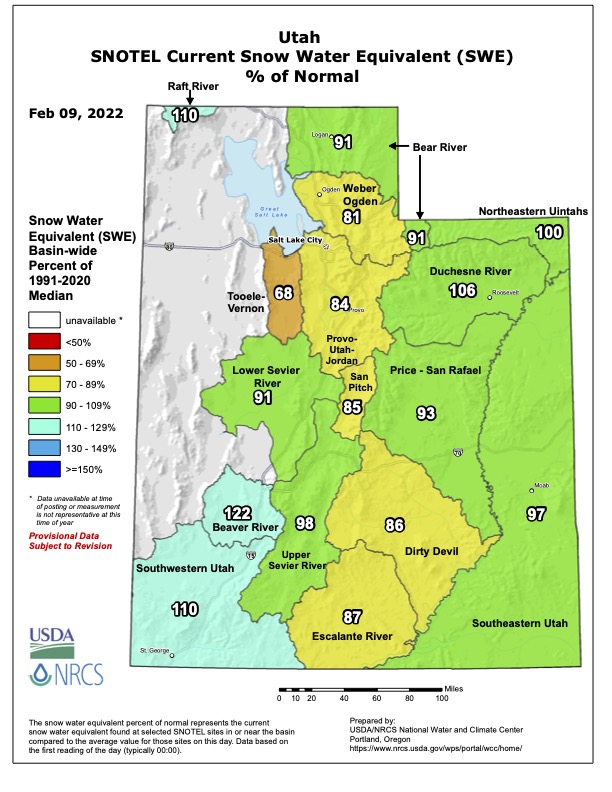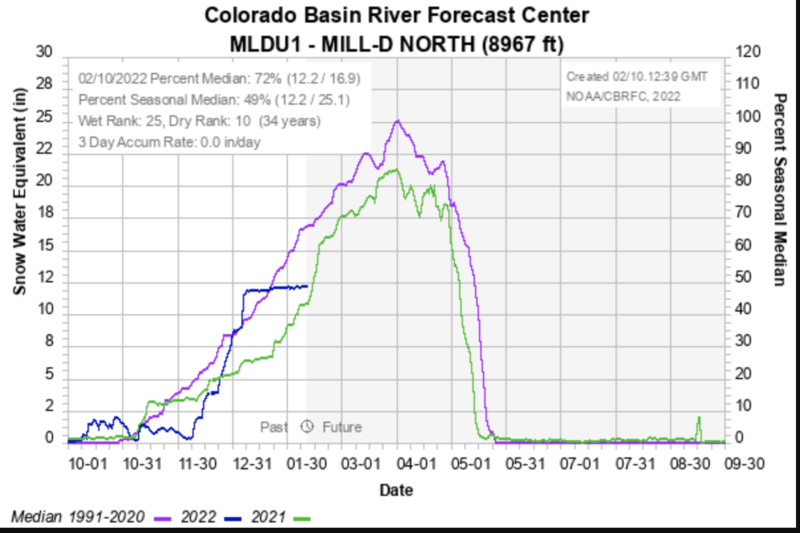Join the Utah Avalanche Center on Saturday, February 12th at the
Brighton Beacon Bash hosted by Weston Backcountry, Utah Mountain Adventures, Black Diamond, and Ortovox. There will be FREE ski and splitboard demos, avalanche rescue gear demos and a LIVE mock avalanche rescue.
In his memoir, long time Little Cottonwood avalanche professional Liam Fitzgerald writes a chapter on the constellation Orion. Initially signaling the approach of winter and then clearly dominating the night sky, Orion brought for Liam a feeling of uneasiness and sometimes dread. As it's been mostly dry with clear night skies since New Year's, I can say we've been seeing a little too much of The Hunter these days. We can only hope he becomes obscured by storms and clouds in the near future.
Skies are mostly clear this morning with mountain temperatures in the mid-20s. As of 5am, the increasing north-northwest winds are 15-20mph except along the 11,000' ridgelines where they're seeing hourly averages of 20-30mph with gusts to 45.
For today, we'll have sunny skies, temperatures warming into the mid to upper 30s, and increasing northwest winds.
At this point, the weather models depict the breakdown of the ridge early next week with a Pacific storm moving in from the northwest. There are hints that the storm may split, leaving us with only a couple inches of snow, but we'll give it a couple more days to see how things play out.
Thanks to stormy October and Decembers, coverage remains good and winter backcountry travel is easy. Wind and sun crusts abound, but softening corn-like conditions exist on solar aspects and a few soft turns can be found in sheltered northerly terrain.
You'll see below our percent of normal as of yesterday and where our winter has, essentially since the New Year, flat-lined.
(pink is "average", green is last winter, blue is the where we've essentially flat-lined)
No new avalanche activity was reported. You can find all the backcountry observations
HERE.











